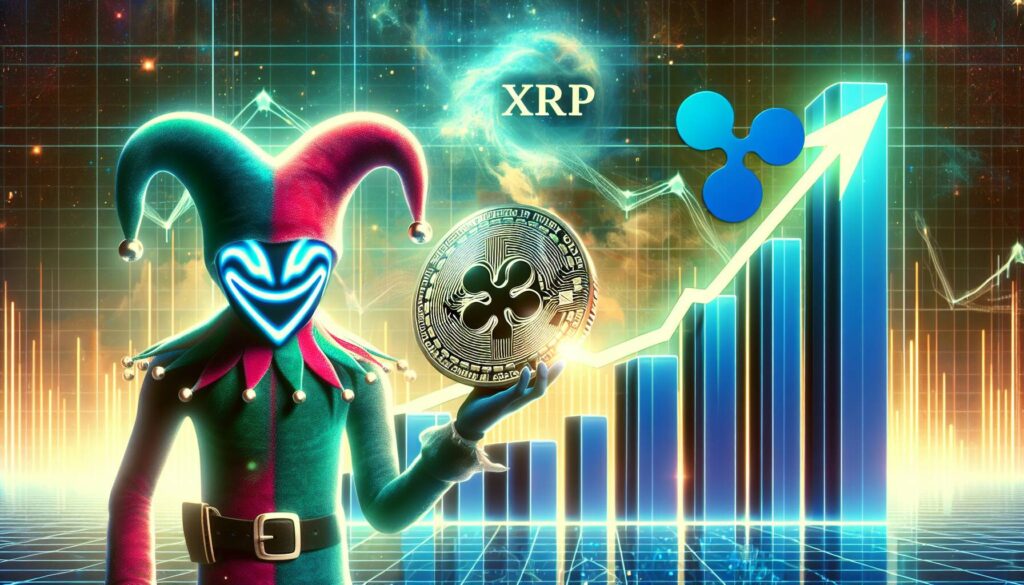Plasma, an innovative blockchain designed specifically for stablecoin transactions, is poised to launch its mainnet beta on September 25. This eagerly awaited debut aims to establish Plasma as a key player in the competitive landscape of cryptocurrency by introducing its native token, XPL. With an impressive $2 billion in stablecoin liquidity ready from over one hundred partners on day one, Plasma is making a bold statement about its potential to serve as the backbone for stablecoin transfers.
As established blockchain networks like Ethereum and Solana currently dominate the stablecoin market, Plasma is taking a strategic leap with its unique architecture known as PlasmaBFT. This framework is engineered to facilitate fast and composable transactions, positioning the platform to stand out in a rapidly evolving decentralized finance (DeFi) ecosystem. Users will benefit from zero-fee transactions for USDT on Plasma’s dashboard, a feature that aims to attract attention in an already crowded marketplace.
In a bid to ensure accessibility, Plasma’s token distribution strategy includes a public offering that sold 10% of XPL prior to the launch. Upon release, 25 million tokens will be allocated to the community, while an additional 2.5 million tokens are reserved for members of the Stablecoin Collective. The project has garnered substantial backing, raising $24 million in seed and Series A funding from notable figures and firms, including Framework Ventures, Bitfinex, and Peter Thiel.
“Plasma’s mission is to become the foundation for global money movement. Mainnet beta is the next step in making that vision real,”
the team stated in their recent blog post. As the cryptocurrency industry continues to evolve, all eyes will be on Plasma to see if it can carve out its niche amid the existing giants of stablecoin transactions.

Plasma Blockchain Launch and Its Implications for Stablecoin Transfers
Key points regarding the Plasma blockchain, its launch, and potential impacts:
- Mainnet Beta Launch:
- Scheduled for September 25.
- Introduction of the native token, XPL.
- Liquidity from Partners:
- Over $2 billion in stablecoin liquidity available at launch.
- Involvement from more than a hundred partners.
- Targeting Stablecoin Transfers:
- Positioning Plasma as a key infrastructure for stablecoin transfers.
- Focus on competing with Ethereum and Solana’s dominance in stablecoin volumes.
- Innovative Architecture:
- Utilizes PlasmaBFT for fast and composable stablecoin transactions.
- Zero fees for moving USDT through Plasma’s dashboard.
- Token Distribution Strategy:
- 10% of XPL sold in a public offering before launch.
- 25 million tokens allocated to the community post-launch.
- 2.5 million reserved for the Stablecoin Collective.
- Strong Backing:
- Project supported by notable figures and firms in the crypto space.
- $24 million funding led by Framework Ventures, including contributions from Peter Thiel and Bitfinex.
- Vision for Global Money Movement:
- Plasma aims to be the foundation for global financial transactions.
- Mainnet beta launch viewed as a significant step towards this goal.
“Plasma’s mission is to become the foundation for global money movement. Mainnet beta is the next step in making that vision real.”
Plasma’s Mainnet Beta Launch: Competitive Landscape Analysis
Plasma is gearing up for a significant launch with its mainnet beta, aiming to assert itself as a pivotal player in the stablecoin sector. Its introduction of over $2 billion in liquidity from a diverse range of partners on launch day is particularly noteworthy, as it seeks to differentiate itself from established giants like Ethereum and Solana, which currently dominate stablecoin transactions.
Competitive Advantages: Plasma’s unique architecture, named PlasmaBFT, is designed for quick and efficient stablecoin transactions. This feature, along with zero fees for USDT transfers, positions Plasma as an attractive alternative for users seeking cost-effective and speedy transactions in the congested DeFi market. Furthermore, the backing from well-known investors, including notable figures in the tech and finance spaces, lends significant credibility and support to the project, which could facilitate the establishment of trust among potential users and investors.
Potential Disadvantages: However, Plasma faces a steep uphill battle given the entrenched dominance of Ethereum and Solana in the crypto ecosystem. These platforms have significant user bases, robust infrastructure, and existing integrations that Plasma will need to overcome. Additionally, the competition from other emerging chains that focus on optimizing transaction flows for stablecoins could hinder Plasma’s attempts to carve out a market share in this space.
As Plasma launches, it could benefit traders and users seeking lower transaction fees and improved speed, while also appealing to those disillusioned with the high operational costs of existing platforms. However, the introduction of a new contender might also create problems for established players by forcing them to innovate more rapidly in response to Plasma’s low-fee model and strong liquidity backing.

















